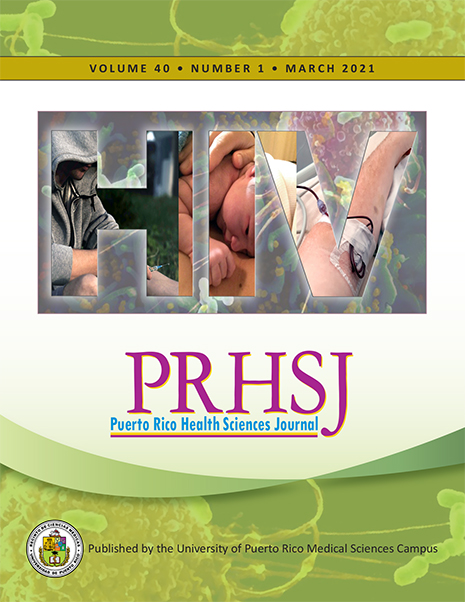Abstract
Objective: Milk is the first and continued source of ingested Vitamin D. Extensive studies have been carried out in humans measuring Vitamin D in lactating mothers but to date few values have been obtained for milk of non-human primates and none for rhesus monkeys. Consequently. we have determined Vitamin D and antirachitic activity (ARA) in milk samples obtained from 21 rhesus monkeys. Methods: Lactating dams were sampled by hand-stripping. 25(OH)D2, Vitamin D2, 25(OH)D3, Vitamin D3 and ARA were assessed in foremilk using LC-MS/MS techniques. Results: 25(OH)D2 and Vitamin D2 were below detectible limits (<0.5 ng/g), 25(OH) D3 =4.2 ± 1.8 ng/ml, Vitamin D3 = 6.1 ± 3.1 ng/ml and ARA = 1080 ± 480 IU/L. Conclusions: This is the first report of content of Vitamin D and ARA activity in foremilk of the rhesus monkey and can serve as a reference for future studies.
Authors who publish with this journal agree to the following terms:
a. Authors retain copyright and grant the journal right of first publication with the work simultaneously licensed under a Creative Commons Attribution License that allows others to share the work with an acknowledgement of the work's authorship and initial publication in this journal.
b. Authors are able to enter into separate, additional contractual arrangements for the non-exclusive distribution of the journal's published version of the work (e.g., post it to an institutional repository or publish it in a book), with an acknowledgement of its initial publication in this journal.
c. Authors are permitted and encouraged to post their work online (e.g., in institutional repositories or on their website) prior to and during the submission process, as it can lead to productive exchanges, as well as earlier and greater citation of published work (See The Effect of Open Access).
